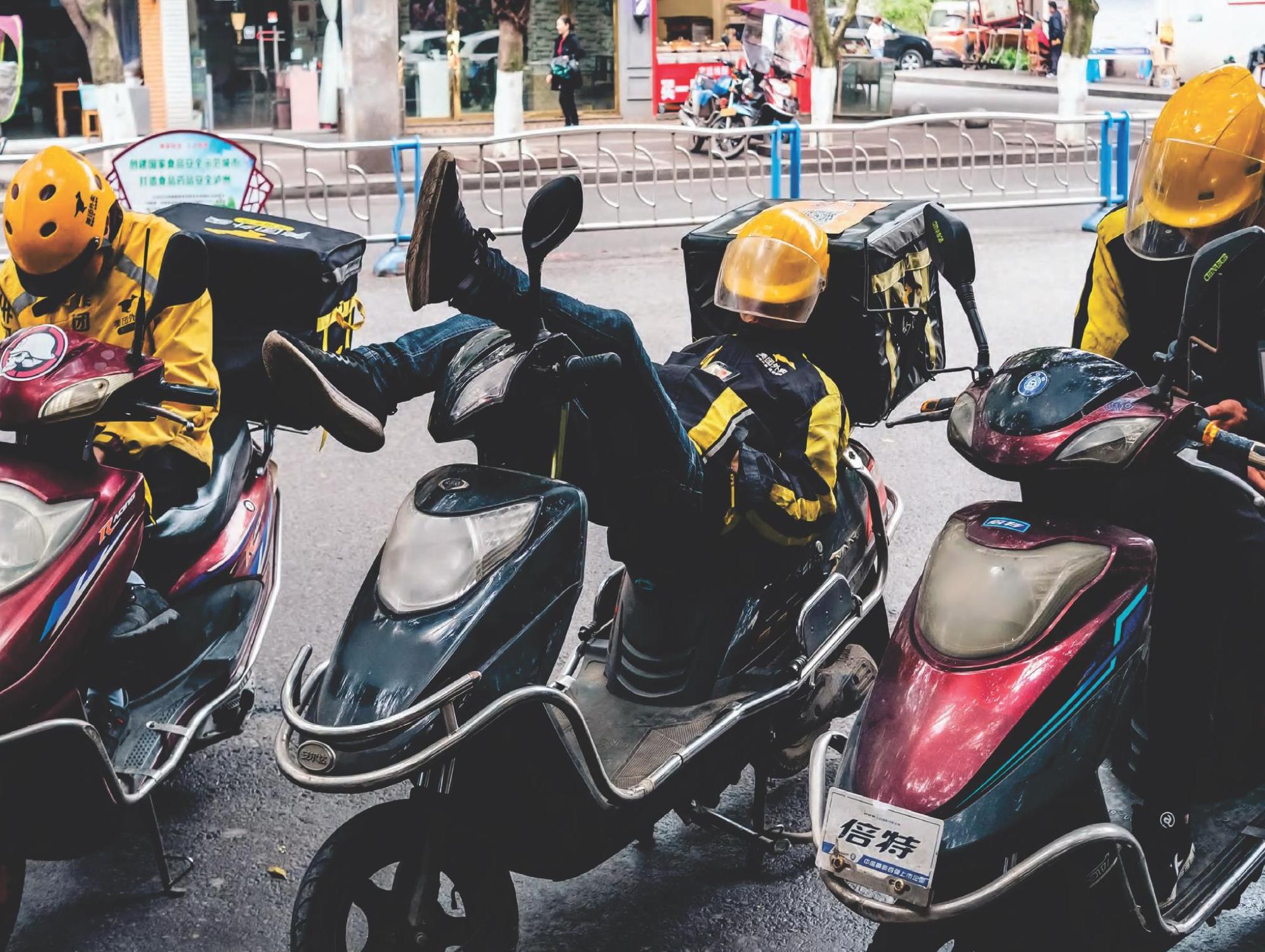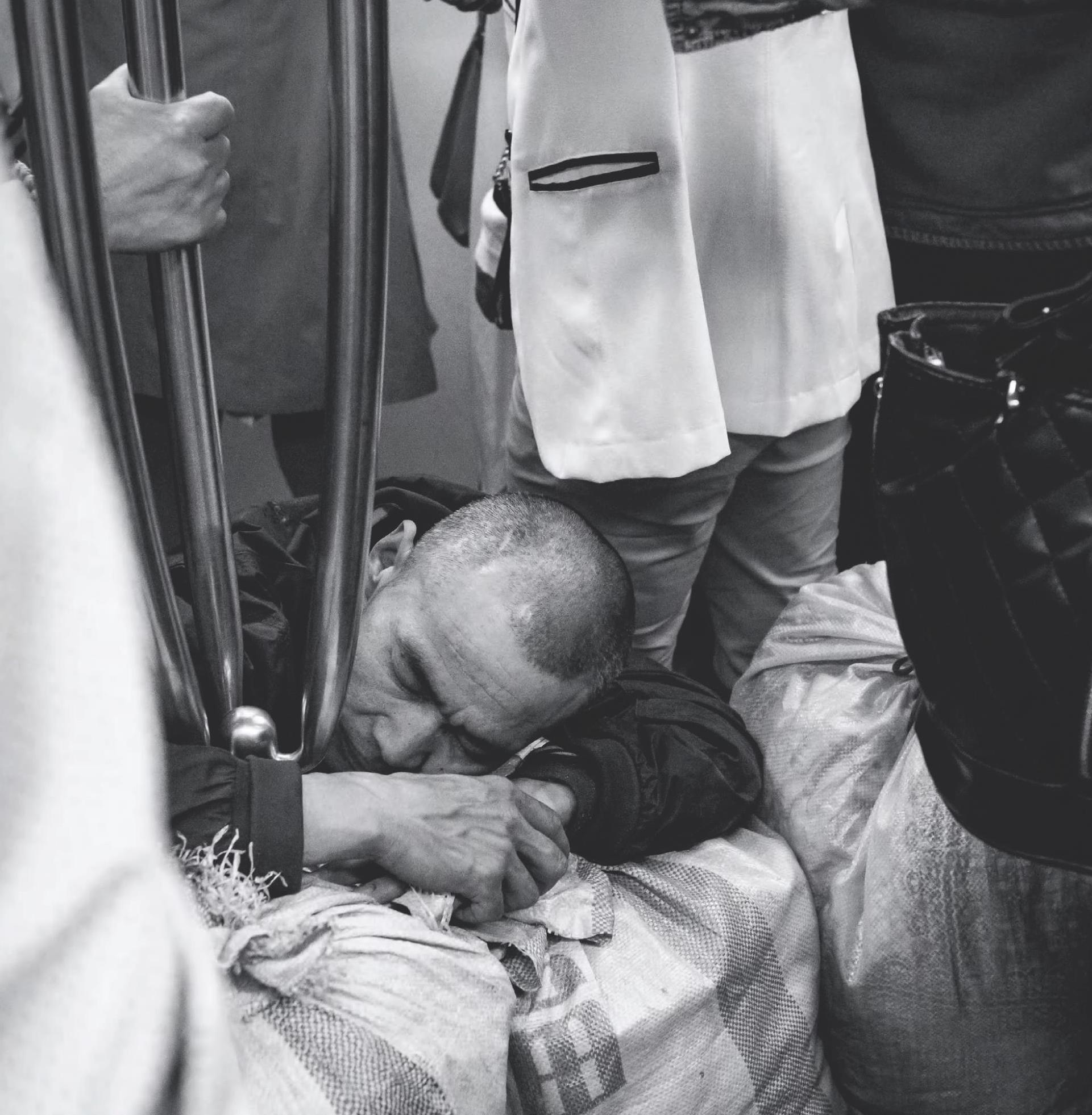凡尘多少事,都付一梦中
辛挺



Snoozing; dozing; getting some shut-eye; catching 40 winks. The English language may have more words for an afternoon nap, but its the Chinese who have the habit of drifting off during midday siestas—often in the most unexpected places.
Napping was traditionally frowned upon in Chinese culture. In The Analects, Confucius compared a dozing disciple to “decayed wood” for wasting precious study hours. Ancient poems also described the siesta as a luxury of the leisured and idle: “A nap after eating, two cups of tea upon waking/Looking up to find the shadow of the setting sun…Time is of no consequence for those with neither worries nor joy,” wrote Tang dynasty poet Bai Juyi in “After a Meal.”
In the early 20th century, China began importing Western education models, which touted afternoon naps as restorative for ones health. The right for workers to take breaks is enshrined in Chinas constitution, and most Chinese employers and schools have two-hour lunch breaks that incorporate a nap (午睡) or “noon rest” (午休), often to be enjoyed at ones desk.
Since 2015, Chongqing photographer Xin Ting has been documenting people who nap in public places. At first, he was simply amused by the sleepers odd choice of position and location. “Over time, though, I realized that the people who nap in the open tend to be menial laborers who need to rest after a morning of hard work, but have nowhere to sleep,” he says. “This photo series is joyful, yet it has a touch of sadness.”
In the future, perhaps naps will once more become the luxurious escape as they were in Confucius time. “Given Chinas current wealth gap, many people are like public nappers—smart, hardworking, and optimistic, but living in uncomfortable surroundings,” Xin muses. “As our lives improve, I hope fewer and fewer people have to nap outside.”
 汉语世界(The World of Chinese)2019年5期
汉语世界(The World of Chinese)2019年5期
- 汉语世界(The World of Chinese)的其它文章
- AFFIRMATIVE REACTION
- FASHION POLICE
- GUARDIAN RIGHTS
- TUBE TROOPS
- 古人是怎么清洁口腔的?
- 蓝湖庄园历险记
